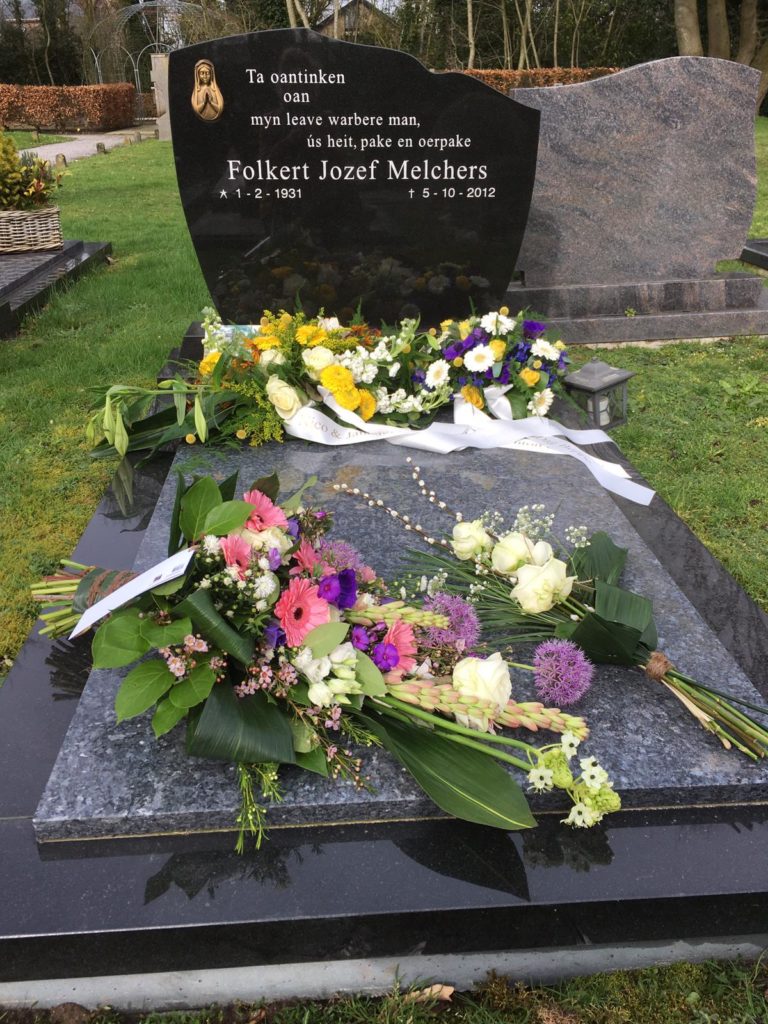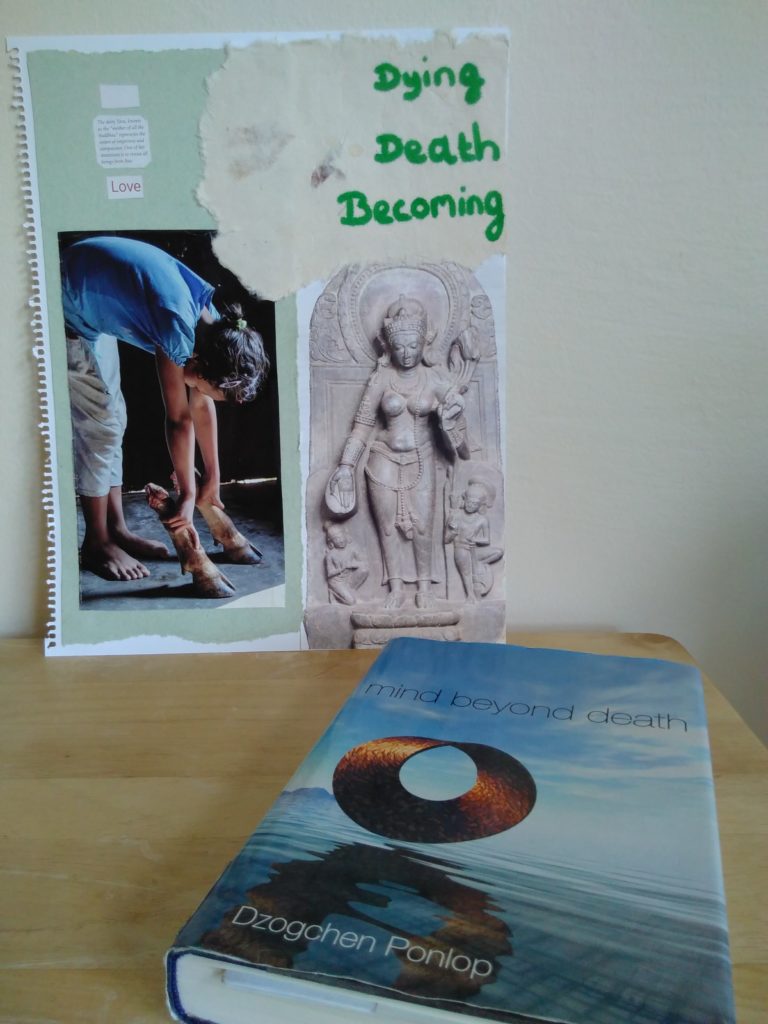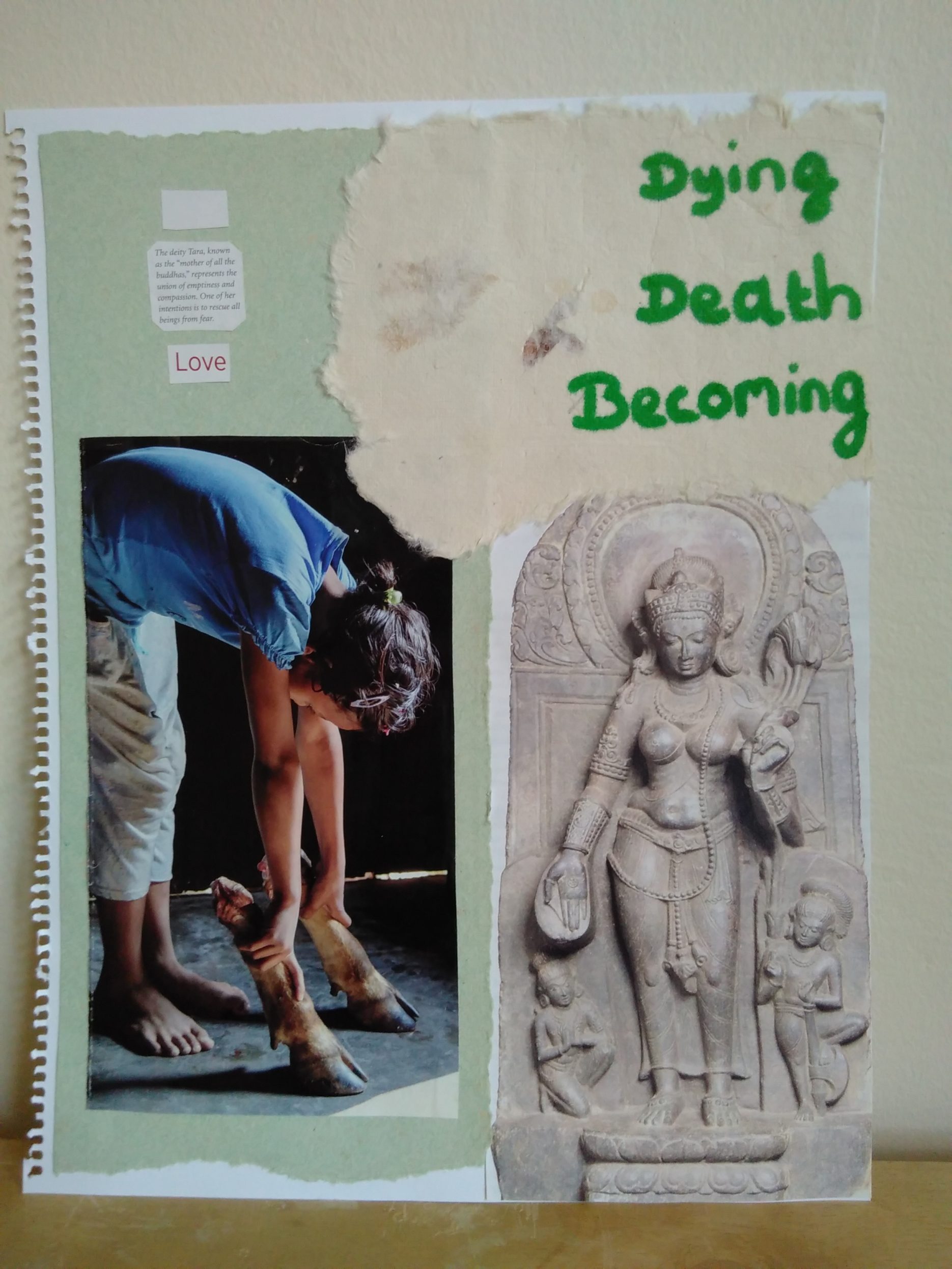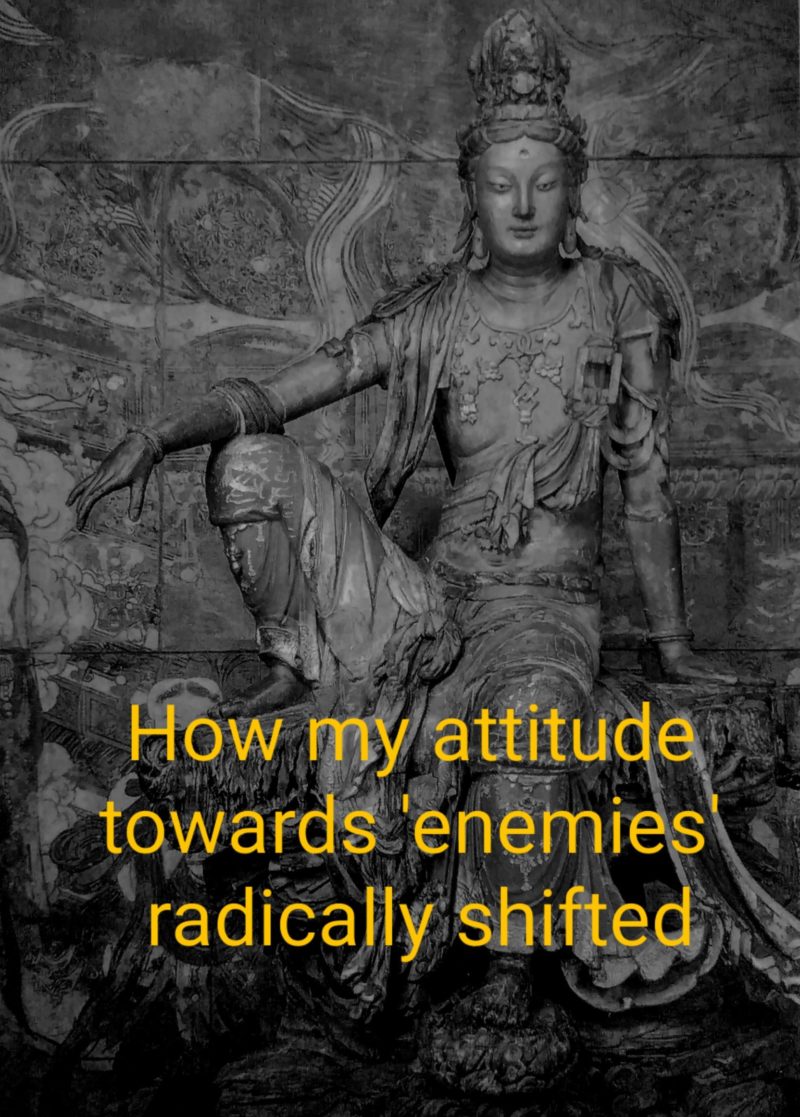We are vulnerable. In fact, all life is vulnerable. At one point it can seem stable, comfortable and happy. Then, often unexpected, a phenomena arises that changes everything. We felt very healthy, but suddenly get threatened or even infected by a novel virus spreading through the world. We think we are perfectly safe in our house, until there is an earthquake, wildfire or tsunami. We had the impression life was happy, yet we may lose our job or almost die in a car-accident. In short, any moment something can happen that reminds us of an undeniable truth about our existence: we are vulnerable.
We can, of course, try to protect ourselves. We can isolate ourselves from people that carry diseases. We can live in an area with less risk for natural disasters. We can keep learning, doing our best at work and travel carefully. To a certain extent this might be effective. Though many do not have a choice in these. All of us, however, will remain vulnerable. Because sooner or later we will meet someone who has been waiting for us since our birth: The Lord of Death.
This story about life, about ourselves, has been told and retold in many cultures – since ancient times. In the Abrahamic religions there are written and oral stories about an Angel of Death. The Native American Cahuilla people speak about an owl that personifies death and tells us when our time has come. In Buddhism we see figures depicted in the rich imagery of the various traditions, like Yama and Mara. All represent a similar character: the personification of death.
Death can not only be seen in the form of a deity or god. When we look closely we can see this reality every day. Personally I often see death through observing flowers. At NalandaWest people often offer flowers and put them in our Mahabodhi Shrineroom or in the Vajra Spot. And we can always find some beautiful creations by the participants of Charles’ Ikebana-class around. But as soon as they start to smell, the stems go weak and the flowers drop their head, they are being thrown away. The flower might thus not be powerful enough to teach us about death. We need a stronger reminder. To some of us the new coronavirus might be such. For many it will be the actual passing away of someone we held dear. Yet, it is easily forgotten or simply ignored.

In sum, to quote the buddhist teacher Dzogchen Ponlop Rinpoche (DPR) from his book Mind beyond death, “while we know the facts of life and the inevitability of death, it is a reality we rarely face.” To add, that when we do, “our impulse is to turn away.”
Interesting enough, many spiritual traditions also hold that we can somehow transcend death. Hence the title of DPR his book. Though we find differences among them that are worthwhile discussing, they all seem to have one element in common: it is important to meet our own vulnerability and impermanence of our life. So, why do we run away from a meeting that is waiting for us every day? Because, according to Ponlop Rinpoche, we fear death:
“We are afraid to hear about it or look at it, let alone experience it, because we have created a negative and fearful cultural image of death. We believe that death is the end of all that we are, the loss of everything we hold most dear. Yet our fear prevents us from knowing our own story, which is ultimately a tale of renewal and liberation.”
If we start to face our fear and, eventually, are able to overcome it, we find the only thing that can defy the Lord of Death: inner peace and freedom. Many buddhist sculptures show us Buddha defying Mara and achieving enlightenment. The buddhist teachings also point out that this meeting does not only take place at the end of our lives. It happens every day. There is a reason why Tibetans speak about sleeping as a ‘little death’. But also the writing of this article knows a birth and a death. Like the moment of you reading these words has a beginning and an end. Even more subtle, the arising of a thought, emotion or feeling – and its ceasing – is showing us that dying is part of living in every moment.
In the buddhist view there are six so-called ‘bardos’. Three of them concern dying, death and becoming. To me these teachings are highly relevant because recently my maternal grandmother passed away. What is it, according to Tibetan-buddhism and the Vajrayana-tradition I practice in, that I can do now? Chant particular mantras? Do certain rituals? Questions that also touch upon something much broader: what is my personal relationship to death?

Meeting death, both in the sense of the end of this life and in a the more subtle form of moment-to-moment, is like starting a conversation: what does death mean to me? Which also becomes a question about life. What is the meaning of this all? Why do I wake up in the morning? Who am I? How do I live a good life now and what comes after this one?
I decided to explore these questions in a creative way. During a contemplative workshop, facilitated by Lynne Conrad Marvet at NalandaWest, I kept the concept of ‘death’ in mind and started looking for images to make a ‘collage’ or ‘vision-board’. At first I felt drawn to the opposites of destruction (e.g. wildfires in the Amazon) and flourishing life (e.g. a little bird on the beach as the sun shines). I chose a girl holding two cut-off legs of a deer instead. This picture felt to me as a very profound expression of compassion, while holding a kind of gracious sadness about how we treat animals (or non-human sentient beings). Death to me, it turned out, is very much about our relationship with nature and all life around us.
As a support to the girl representing this I added a deity in buddhism known as Tara – also known as the ‘mother of all the buddhas’. I used the little text that accompanied that picture: one of Tara’s intentions is to rescue all beings from fear. Finally I tried to connect them and brought in the bardos of dying, death and becoming. This also symbolized for me my prayers for my grandmother. And thus the entire collage now functions as a piece of art that I put in front of me while I chant certain mantras from our buddhist tradition.

I remember a moment as a little kid in which I could not sleep. My mother asked me what was wrong. I told her something along the line of being afraid to die. She shared with me that she did not know herself what would happen, but told about people that had been very close to death. They, she said, spoke about a bright, warm, yellow tunnel that made them feel relaxed and happy. As if they wanted to be nowhere else.
At the time it comforted me and I still feel the love and warmth of that moment with my mother. I still do not know what will happen precisely, but I do feel the importance of developing a relationship to death in both meanings as expressed earlier: gross and subtle. There is a clear sense that learning about death is learning about life. In buddhism, and I have the impression other spiritual traditions hold something similar, it is said that dying well and living well go together. DPR writes in Mind beyond death, that the first can only be accomplished when we know how to do the second. He asks a question that I keep wondering about: “Could it be that because we don’t know how to live fully, or live well, we are afraid to die?”

I can feel I have much to learn. Many questions about dying and death I can not fully answer. In order to live fully and well, perhaps having the answer is less important than asking the questions. Though they come with a sense of fear to me, I am not afraid to start a conversation with a ‘Lord of Death’. Something we can do every day – from moment to moment. I also wonder whether we would act differently in response to crises, like the COVID-19-pandemic, if we would accept vulnerability & impermanence as part of life. In any case, taking the meeting with death on our spiritual path seems to help us go beyond death. To go, as one of the songs of realization at Nalandabodhi has it, where no mind goes. Put differently: to live life fully. Still vulnerable. Yet, with a fearless heart.
Sources
There are some great books that you might find inspiring, whether you follow a buddhist path or not, and start your own conversation with death:
- Living is dying, Dzongsar Jamyang Rinpoche
- In love with the world, Yongey Mingyur Rinpoche
- Mind beyond death, Dzogchen Ponlop Rinpoche




